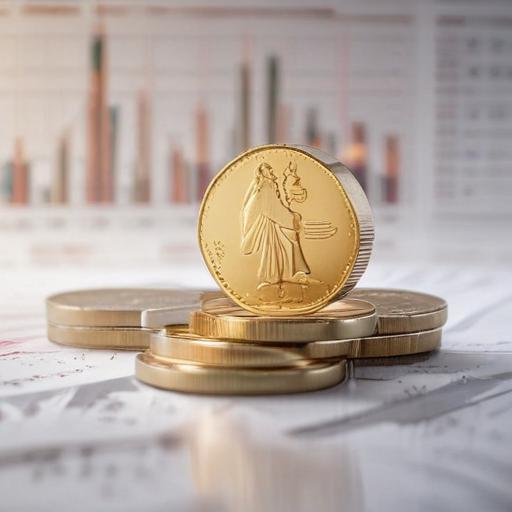Norway’s sovereign wealth fund, known as the Government Pension Fund Global, is a unique structure in the realm of state-managed investment vehicles. Unlike many sovereign wealth funds that actively choose investments to stimulate domestic industries, this fund primarily tracks global indexes to generate income from the country’s significant oil and gas revenues. This model has allowed it to amass assets totaling roughly $1.8 trillion, surpassing income from oil and gas production for Norway’s 5.6 million residents.
The fund was established in 1990 in response to the discovery of substantial oil and gas reserves in the North Sea and was designed to prevent the kind of economic instability typically seen in resource-rich countries. With the intention of benefiting both current and future generations, the fund’s investment rules stipulate that all investments must occur outside Norway, thus reducing the risk of “Dutch disease,” which can occur when resource wealth destabilizes a nation’s economy.
Currently, the fund is predominantly invested in equities (about 70% of the total) and primarily holds stakes in approximately 8,700 listed companies across 44 countries. Although its performance over recent years has been relatively average compared to other sovereign wealth funds, debates continue about its approach to investing. Recently, the fund reported a 0.6% loss amounting to $40 billion in the first quarter of 2025, highlighting the challenges posed by a volatile global market.
Ethically, the fund adheres to strict guidelines that prohibit investments in companies involved in unethical practices such as gross corruption, major human rights violations, excessive environmental damage, and certain weaponry production. By the end of 2024, 171 companies had been excluded from its investment portfolio based on these standards.
Looking ahead, Norway’s finance minister, Jens Stoltenberg, has assured that the fund remains committed to its long-term strategy while exploring risk management options. The current geopolitical climate has spurred discussions around adjusting the fund’s investment guidelines, particularly in relation to its involvement in defense industries amidst ongoing global tensions.
The broader implications of the fund are noteworthy. It serves as a financial buffer for Norway, enabling the country to withstand fluctuations in oil prices while supporting essential services like free education and healthcare. However, growing concerns about the nation’s reliance on fund profits might hinder domestic innovation and productivity, which business leaders, policymakers, and economists are increasingly scrutinizing.
In the meantime, the fund’s ethical stance and adherence to sustainable investment practices showcase an ongoing commitment to responsible investing. As Norway navigates these complex issues, its wealth fund remains a powerful tool in shaping both the country’s finances and its global economic influence.
